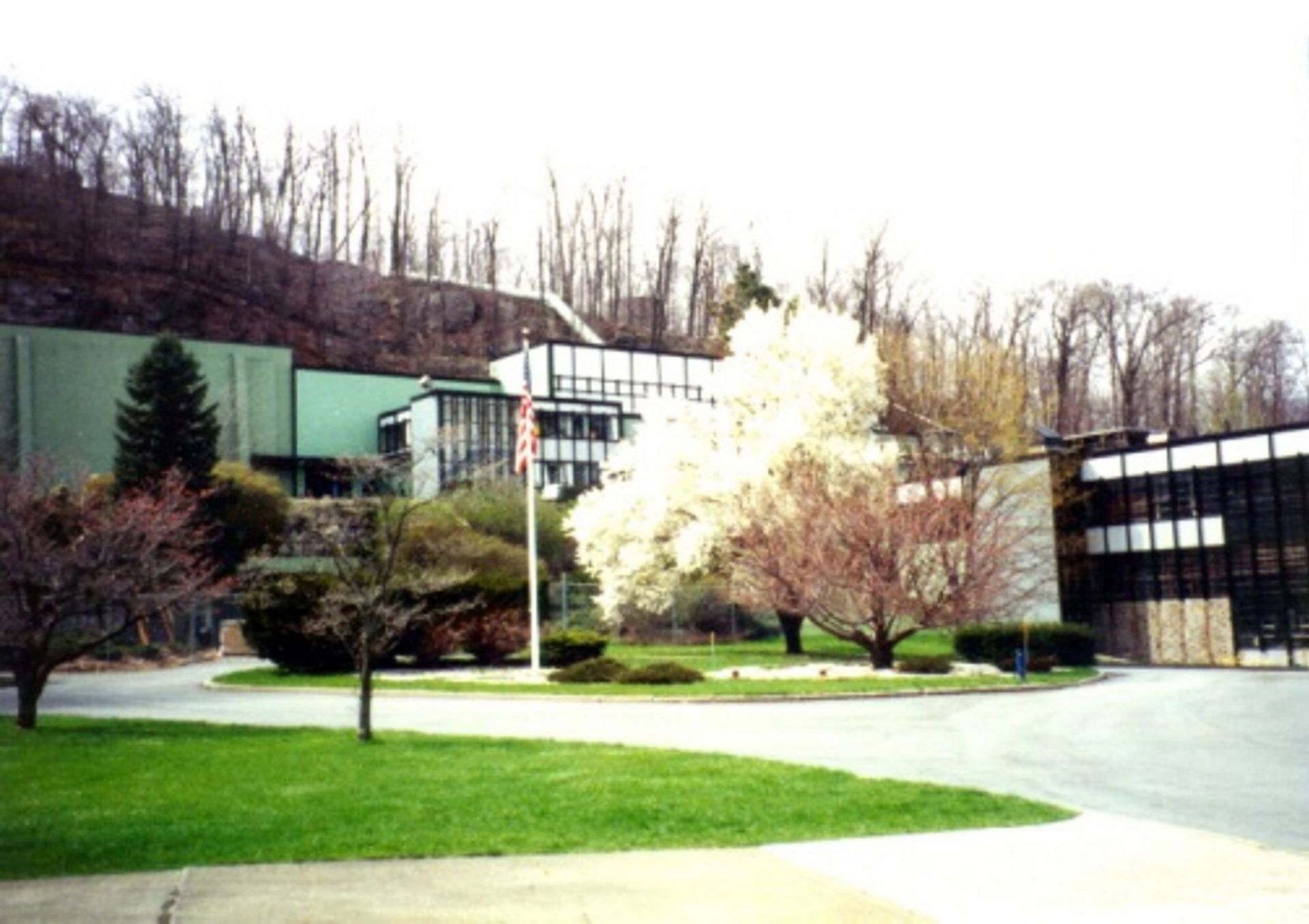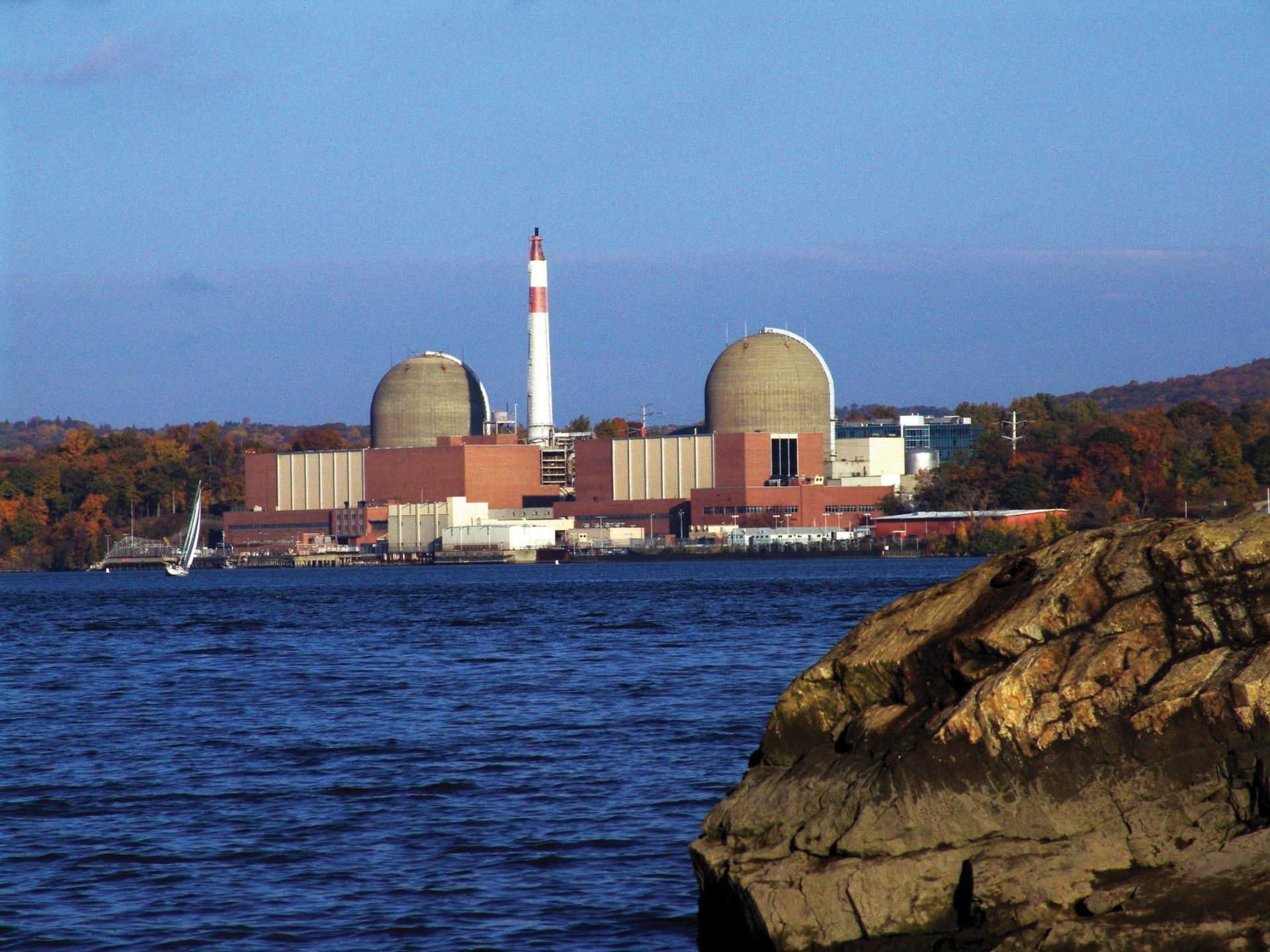Cintichem’s research reactor and hot cell facility decommissioning

The Cintichem radioisotope production facility was located in Tuxedo, N.Y., 60 miles northwest of New York City, on a 100-acre site in the Sterling Forest Industrial Park. The facility was owned and operated by Union Carbide Corporation until 1984, when it was sold to Hoffman-LaRoche, a large pharmaceutical company.
The facility consisted of a 5-MWt, pool-type research reactor and production facility, connected via a 12-foot-deep, water-filled transfer canal to a bank of five adjacent hot cells. The facility began operation in the early 1960s, producing neutron-irradiated, enriched uranium target capsules. The fuel was 93 percent high-enriched uranium.




